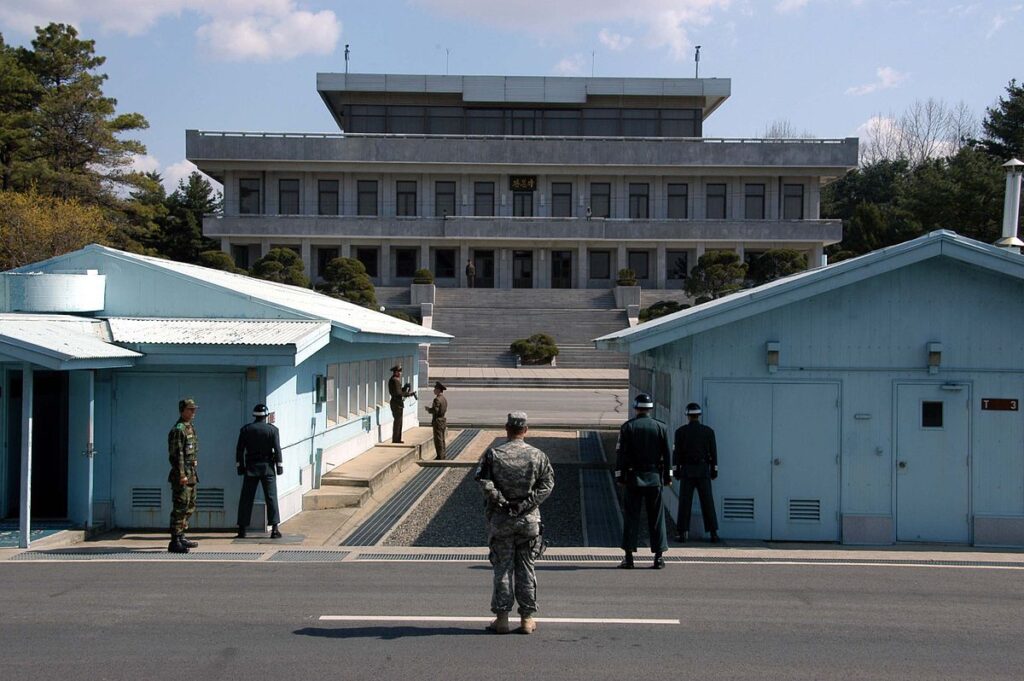Korean Demilitarized Zone (DMZ): A Journey Through the Tense Border Region
The Korean Demilitarized Zone (DMZ) is one of the most unique landscapes in the world. It is a strip of land that serves as a buffer zone between North and South Korea and has been heavily fortified since the Korean War ended in 1953. Despite its name, the DMZ is anything but demilitarized and is one of the most heavily guarded borders in the world.
A journey through the DMZ offers travelers an insight into the history and tension that pervades the Korean Peninsula. Although entry into the zone is heavily restricted, it is possible to visit some of the sites in the DMZ and gain a deeper understanding of the region’s history and the current state of affairs.
What is the Korean DMZ?
The Korean Demilitarized Zone (DMZ) is a 4-kilometer-wide strip of land that runs along the 38th parallel and separates North and South Korea. It was created at the end of the Korean War in 1953 and serves as a buffer zone between the two countries. The DMZ is heavily guarded by both sides and no one is allowed to cross the border without permission.
The DMZ is a unique landscape with a variety of landscapes, from rugged mountains to lush forests. It is also home to various wildlife, including endangered species such as the red-crowned crane and the Asiatic black bear. Despite its peaceful appearance, the DMZ remains a highly militarized area and is one of the most heavily guarded borders in the world.
What to See in the DMZ
The DMZ is a highly restricted area and access is limited, but there are still some sites within the zone that can be visited.
The Joint Security Area (JSA) is the only point of contact between North and South Korea and is a major tourist attraction. Visitors can enter the JSA and stand in both countries at the same time. The JSA is also the site of the famous “Bridge of No Return” where Korean War POWs were exchanged in 1953.
The Dora Observatory is located in the northern part of the DMZ and offers a unique view of North Korea. From the observatory, visitors can observe the daily life of North Koreans, as well as the city of Kaesong and the North Korean military.
The Dorasan Station is another popular destination in the DMZ. It is the closest railway station to the border and was intended to connect the two Koreas. Although the station is currently inactive, visitors can still explore the station and learn about its history.
The Third Tunnel is another must-see in the DMZ. This tunnel was discovered in 1978 and is believed to have been dug by North Korea as a possible invasion route. Visitors can explore the tunnel and gain a deeper understanding of the tension between North and South Korea.
The DMZ is also home to various monuments, memorials, and museums that offer insight into the history of the Korean War and the current state of affairs on the peninsula.
Visiting the DMZ
Visiting the DMZ is a unique and fascinating experience, but it is also a highly regulated area and access is limited. Visitors must be accompanied by an authorized guide and can only visit designated sites within the zone.
The most common way to visit the DMZ is as part of a guided tour from Seoul. There are several tour operators that offer DMZ day trips from the city, including Klook, Viator, and other reputable companies. These tours typically include visits to the Joint Security Area, the Dora Observatory, the Dorasan Station, and other notable sites within the DMZ.
It’s important to note that visitors to the DMZ must adhere to strict rules and guidelines, and photography may be restricted in certain areas. Additionally, the political situation on the Korean Peninsula can impact access to the DMZ, so it’s advisable to check for any travel advisories or updates before planning a visit.
While the DMZ offers a unique opportunity to witness the tension between North and South Korea, it’s crucial to approach the visit with respect for the sensitive nature of the region and the people affected by the ongoing conflict.

